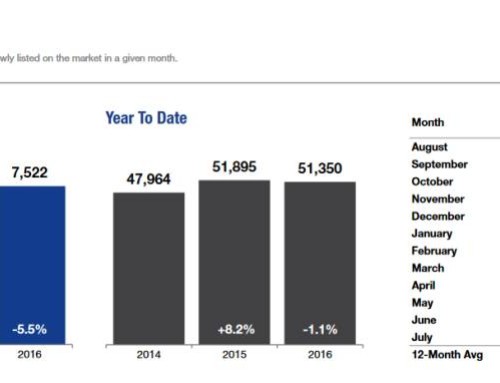In every real estate transaction, there are a number of roles that real estate agents can play. In the State of Minnesota, the law requires that “early in any relationship” real estate agents need to discuss with buyers and sellers what type of agency they desire.

Agency Relationships in Real Estate Transactions
Here are the brief descriptions of the five types of representation:
- Sellers Broker: A real estate agent who lists a home for sale is representing the seller and acts on their behalf. All the agents in the listing real estate company’s office are representing the seller.
- Subagent: A real estate agent who is working with a buyer but represents the seller is considered a subagent of the seller and must act in the seller’s best interest.
- Buyer’s Broker: A buyer can be represented by a real estate agent by entering into a “right to represent” contract with an agent. In this case, the real estate agent would be acting in the buyer’s best interest.
- Dual Agency: Dual agency occurs when one broker or salesperson represents both parties to a transaction or when two salespersons licensed to the same broker each represent a party to the transaction. In this capacity, the real estate agent(s) cannot advocate exclusively for either the buyer or seller.
- Facilitator: The real estate agent is not representing either buyer or seller in a fiduciary capacity.
The fiduciary duties that a real estate agent has to a buyer or seller that they are representing include: loyalty, obedience, disclosure, confidentiality, reasonable care and accounting.
If you would like a copy of the full “Agency Relationships in Real Estate Transaction” form, please feel free to contact us at info@hometownmn.com and we’ll provide you with a copy.




